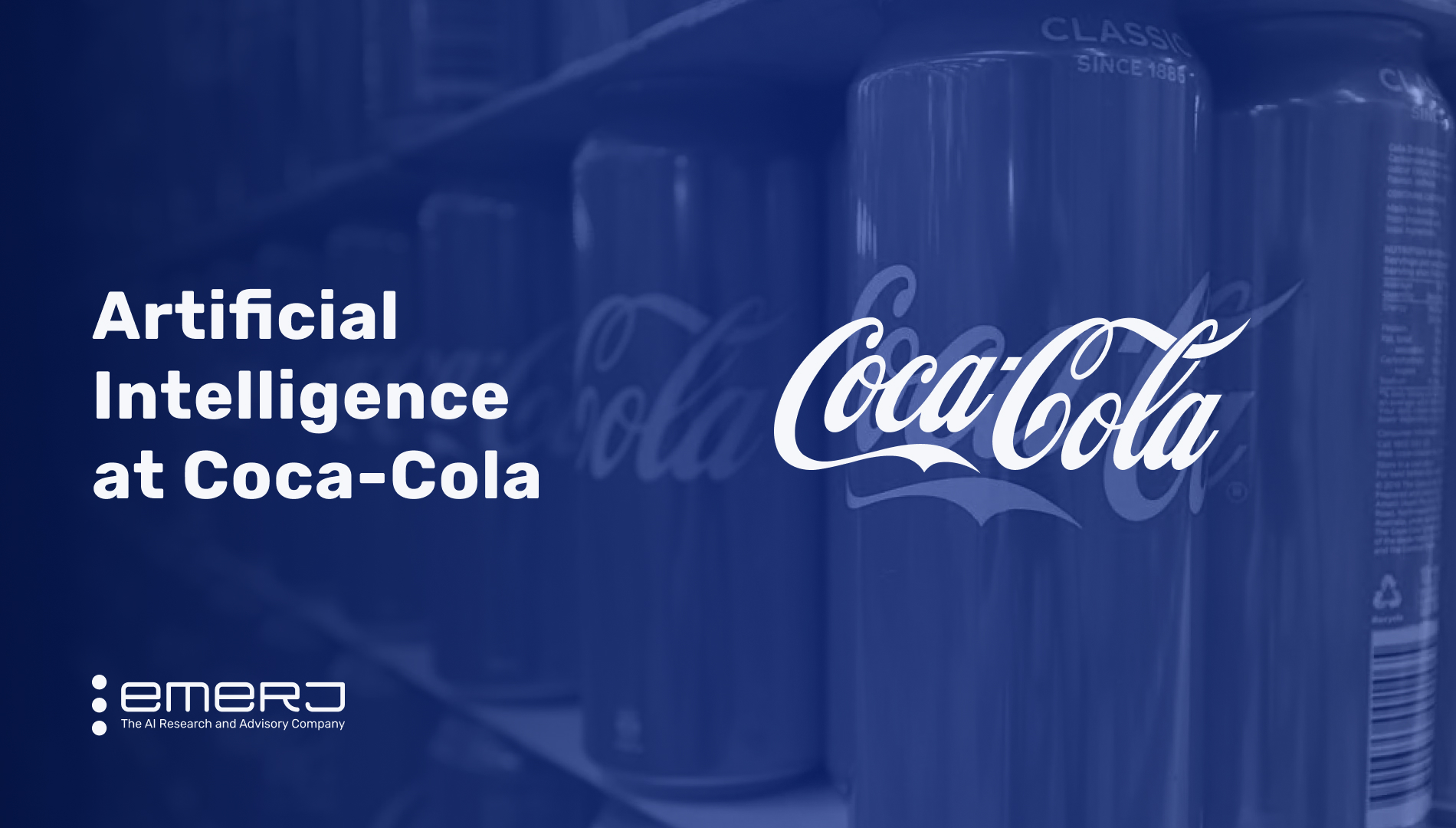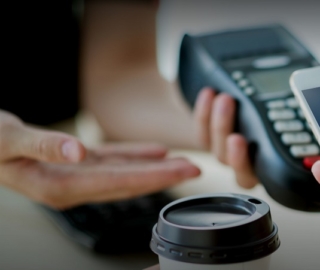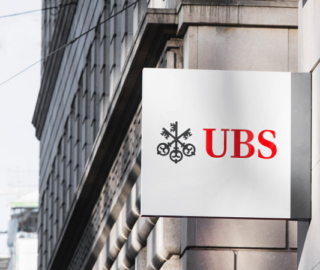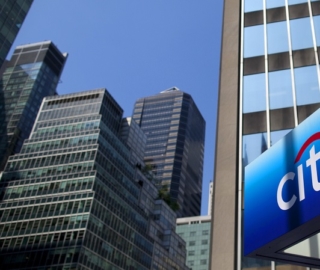
Today, Coca-Cola is the world’s largest beverage company, selling over 500 soft drinks in more than 200 countries. In 2020, Coca-Cola had over 80 thousand employees worldwide.
Coca-Cola’s Chief Big Data Insights Officer, Esat Sezer, claims that “big data has played an essential role in helping us relate to [our customers] better and bolster our brand advocacy.” He continues to explain that, “social media, mobile apps, cloud computing, and e-commerce are converging to provide firms like Coca-Cola an unprecedented toolbox to transform the way they approach IT.”
This article provides an overview of the current applications of AI-related technologies at Coca-Cola across two applications:
- AI for Customer Preference Understanding and Product Development – Coca-Cola’s use of big data to understand consumer trends and inform product offering development decisions.
- OCR for Customer Rewards Experience – How Coca-Cola has used TensorFlow to add a user-friendly proof-of-purchase capability to their online loyalty program.
AI for Customer Preference Understanding and Product Development
Coca-Cola Freestyle
Throughout its value chain, Coca-Cola creates a significant quantity of data, including sourcing, production, distribution, sales, and consumer feedback. As a result, Coca-Cola was faced with the challenge of effectively leveraging the data it collects from its customers across the globe.
Coca-Cola Freestyle, an innovative fountain drink dispenser, was released in 2008 and allowed customers to combine beverages and flavors from the company’s entire portfolio from the interactive touch-screen display. These fountain drink dispensers became increasingly popular, in 2018 there were 50,000 units in operation around the world, dispensing 14 million beverages each day.
Collecting data from these self-service machines, Coca-Cola was able to uncover valuable information on client preferences, leading to the launch of new products. In 2019, these insights contributed to the company’s launches of Sprite Lymonade and Orange Vanilla Coke. Chris Hellmann, VP and GM of Coca-Cola Freestyle highlights the company’s goals with the release of Coca-Cola Freestyle 9100 here:
While Coca-Cola doesn’t seem to make it clear exactly how AI is used in this application, an article in GWPrime makes the following assertion:
“In order to use the mobile app, consumers need to register with their social media account. Coca-Cola uses AI to analyse the social media content of their consumers, generating insights on where, when and how its products are consumed. Based on the consumer behaviour and demographics analysis, Coca-Cola can identify which products are popular in which areas.”
The network of Freestyle devices seem to be able to recommend Coca-Cola products to users based not only on the location and past history of the individual machine, but based on the user’s own social account data. We were unable to find a Coca-Cola source to cite precisely how said data is used.
Since its release, the Coca-Cola Freestyle machines have become a lucrative addition to the company’s portfolio. Hellmann claims, “when we introduced Freestyle, it was truly a disruptive innovation. Today it’s a billion-dollar business.” In 2016, Coca-Cola claimed that 48% of the beverages consumed from Freestyle dispensers are products that are outside of the conventional top ten. Today, Freestyle machines continue to provide on-demand access to more than 200 sparkling and still beverages, including more than 117 low- and no-calorie options–as well as more than 100 unique variations exclusively offered through these dispensers.
OCR for Customer Rewards Experience
TensorFlow’s Machine Learning Framework
Another recent challenge that Coca-Cola faced was creating a modern solution for its popular loyalty programs which allow customers to enter the product codes printed on beverage bottle caps for a chance to win various promotions or sweepstakes.

Previously, Coca-Cola’s core loyalty program was accessible at MyCokeRewards.com but their solution to the rise in popularity of smartphones was to replace it with an application available to both iOS and Android users. Recognizing that having to manually input a 14-character code on a mobile device may drive some users away, Coca-Cola sought to find a way to simplify the process of earning rewards points for its customers. Their research led them to an alternate machine learning technology which provided potential for greater accuracy than existing optical character recognition (OCR) solutions: Convolutional Neural Networks (CNNs).
TensorFlow is a machine learning framework that streamlines the development of deep neural networks, like CNNs, which allows companies like Coca-Cola to quickly develop, test, and improve high-functioning interfaces for their OCR solution. Patrick Brandt, then Senior Solutions Strategist at Coca-Cola explains how the company used TensorFlow to create a user-friendly application:
“We created a purpose-built training app for iOS and Android devices that ‘trainers’ could use to take pictures of codes and label them; these labeled images were then transferred to cloud storage for training. We did a product run of several thousand product codes on bottle caps and fridge-packs and distributed these to multiple suppliers who used the app to create the initial real-world training set.”
The data collected from this training set provided a baseline of the app’s prediction accuracy in both simulated and real image examples. Brandt claims that the interface also allows a feedback loop to be created when customers correct the app’s predictions and this improves the accuracy of the character recognition model gradually.

Brandt claims that as a result of this OCR application, Coca-Cola has not only been able to “finally achieve a long-sought proof-of-purchase capability” but also fuel “more than a dozen promotions and… over 180,000 scanned codes” in the six months following the app’s launch in 2017. Brandt discusses how this began one of the companies biggest digital marketing campaigns in a 2018 interview with TensorFlow here:
Conclusion
Coca-Cola can acquire a better knowledge of how tastes and beverage preferences differ among its customers across the world thanks to the AI algorithms in vending machines. This data is critical in determining when, where, and how to manufacture and sell new products.
Coca-Cola can now create social media material that is more likely to resonate with its target demographic in various regions across the world thanks to AI image analysis, resulting in a more efficient use of marketing expenditures and, ideally, greater sales margins. Additionally, the company claims that its customer engagement has increased significantly since the application of TensorFlow’s machine learning framework to their OCR solution.
Coca-Cola’s ability to leverage such detailed and comprehensive data should allow them to continue developing their firm and creating new products and new ways to serve customers.






